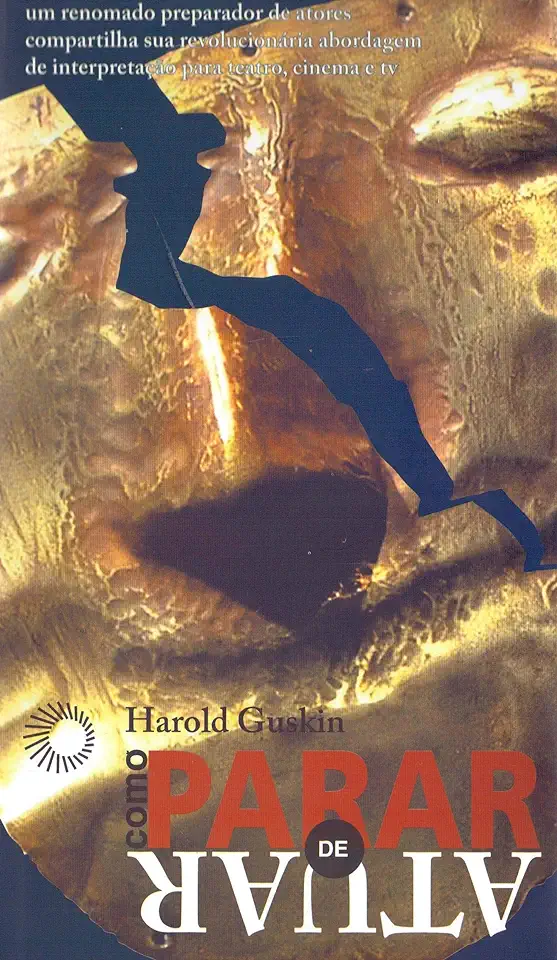
How to Stop Acting - Harold Guskin
How to Stop Acting: A Revolutionary Approach to Acting and Living Authentically
Introduction
In his groundbreaking book, "How to Stop Acting: A Revolutionary Approach to Acting and Living Authentically," Harold Guskin challenges traditional acting methods and offers a transformative approach that empowers actors to break free from inauthentic performances and discover their true creative potential. Guskin argues that the key to great acting lies not in perfecting technique or imitating others, but in embracing one's own unique individuality and allowing it to shine through in every performance.
The Problem with Traditional Acting Methods
Traditional acting methods often rely on external techniques and rigid formulas, which can lead actors to become trapped in a cycle of imitation and self-consciousness. Guskin argues that these methods stifle creativity and prevent actors from connecting with their true emotions and experiences. He proposes a radical shift in approach, encouraging actors to let go of preconceived notions and instead focus on developing their inner selves and cultivating a deep understanding of the human condition.
The Power of Authenticity
At the heart of Guskin's approach is the belief that authenticity is the key to powerful and moving performances. He argues that actors must be willing to expose their vulnerabilities and embrace their imperfections in order to create truly memorable characters. By drawing on their own personal experiences and emotions, actors can tap into a wellspring of creativity and bring a unique perspective to every role they play.
The Four Pillars of Authentic Acting
Guskin outlines four essential pillars that form the foundation of authentic acting:
Self-Awareness: Actors must have a deep understanding of themselves, their strengths, and their weaknesses. This self-awareness allows them to bring honesty and depth to their performances.
Emotional Connection: Actors must be able to connect with their emotions on a profound level and allow those emotions to guide their performances. This emotional connection creates a powerful bond between the actor and the audience.
Imagination: Actors must use their imagination to create a vivid and believable world for their characters. This imagination allows them to transcend the limitations of reality and transport the audience into the heart of the story.
Spontaneity: Actors must be willing to embrace spontaneity and allow their performances to unfold in the moment. This spontaneity creates a sense of aliveness and unpredictability that keeps the audience engaged and invested in the story.
Putting It All Together
Guskin's approach to acting is not a quick fix or a formula for success. It requires dedication, practice, and a willingness to challenge oneself. However, the rewards are immeasurable. By embracing authenticity and following the principles outlined in this book, actors can unlock their full potential and create performances that resonate with audiences on a deep and lasting level.
Conclusion
"How to Stop Acting" is a must-read for actors of all levels who are seeking to break free from the constraints of traditional acting methods and discover their true creative potential. Guskin's revolutionary approach offers a path to authentic and transformative performances that will leave audiences captivated and inspired.